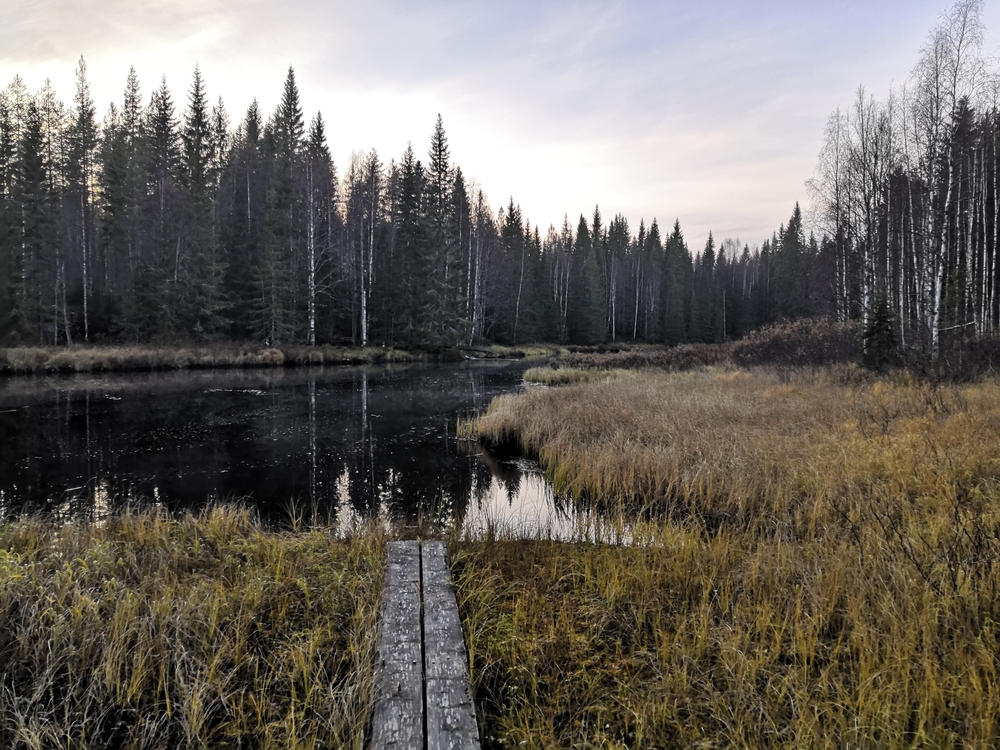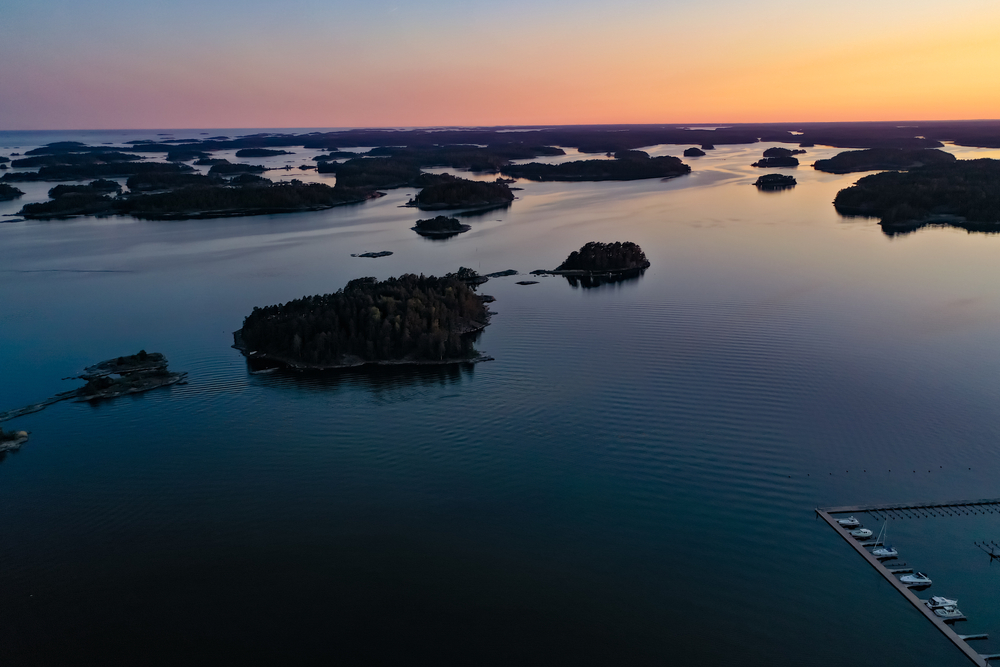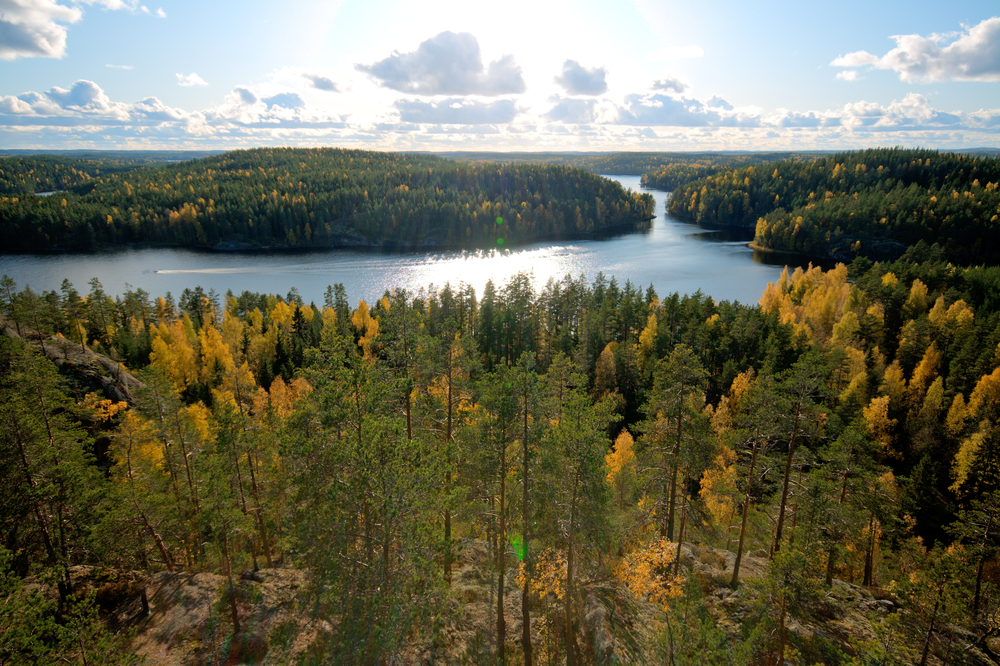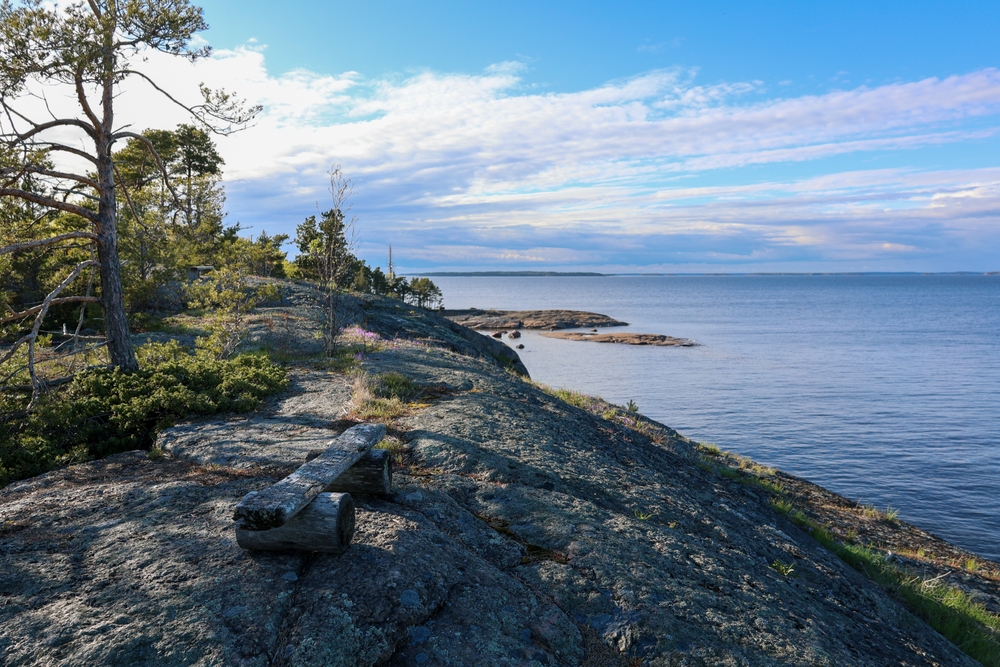Isojärvi Overview
Isojärvi National Park (Isojärven kansallispuisto) is a pristine and rugged natural area located in central Finland, within the Pirkanmaa region. Covering approximately 8.2 square miles (21.3 square kilometers), the park offers visitors an untouched Finnish wilderness with a fascinating blend of forests, rocky landscapes, and water systems.
Established in 1982, the park is best known for its diverse habitats, making it an excellent destination for hikers, nature lovers, and those seeking tranquility in Finland’s wild beauty. The park sits in the municipality of Kuhmoinen, near the larger city of Tampere, making it accessible for both locals and international visitors who want to experience the Finnish outdoors.
The terrain of Isojärvi National Park is characterized by vast, rolling hills, rocky ridges, and numerous lakes that have been shaped over thousands of years by glaciers. The park’s namesake, Lake Isojärvi, dominates the landscape, with its many bays and islands forming a complex aquatic ecosystem. In addition to the main lake, the park is dotted with smaller bodies of water and winding streams, creating a picturesque setting that changes dramatically with the seasons.
The rugged rock formations, particularly around the Kannusvuori and Vahtervuori hills, add to the park’s scenic charm, offering spectacular views over the surrounding forests and waterways. Swampy areas and thick coniferous forests, composed mainly of spruce, pine, and birch trees, cover much of the park, providing an essential habitat for wildlife.
Isojärvi National Park is home to a variety of Finnish wildlife, making it an excellent location for spotting native mammals and birds. One of the most notable inhabitants of the park is the Eurasian beaver, which has been actively reshaping the park’s waterways for decades. Additionally, visitors might encounter moose (elk), red foxes, roe deer, and pine martens roaming the forested areas. The park is also home to smaller creatures like hares and various rodent species.
Birdwatchers can delight in spotting black woodpeckers, capercaillies, and various owl species that inhabit the dense forests. In the summer, migratory birds such as whooper swans and cranes make use of the park’s lakes and wetlands, creating a lively and dynamic birdwatching experience.
One of the most popular features of Isojärvi National Park is the Heretty Loggers’ Cabin, a historical site that provides insight into the area’s past as a logging hub. The cabin, now functioning as a café and visitor center during the summer months, allows guests to step back in time and learn about the traditional Finnish logging culture.
The park also features well-marked hiking trails, including the popular 7.5-mile (12-kilometer) trail that leads to Kannusvuori Hill, offering panoramic views of the surrounding wilderness. For those interested in water activities, canoeing and kayaking on Lake Isojärvi provide a peaceful way to explore the park’s waterways.
Visitors can experience Isojärvi National Park in several ways, with hiking, birdwatching, canoeing, and camping among the top activities. There are multiple lean-to shelters and designated camping areas, allowing for overnight stays in the heart of the Finnish wilderness.
In winter, the park transforms into a snowy wonderland, making it ideal for cross-country skiing and snowshoeing, offering a completely different perspective of the landscape.
Like many protected areas, Isojärvi National Park faces conservation challenges, primarily concerning the delicate balance between nature preservation and increasing tourism. The park’s management has implemented strict leave-no-trace principles to ensure that visitors minimize their impact on the environment.
Additionally, efforts to maintain and restore the beaver population and wetland ecosystems have been particularly successful, contributing to the park’s overall ecological health. Sustainable tourism initiatives, such as improved waste management and eco-friendly trail maintenance, have helped keep Isojärvi’s natural beauty intact for future generations.
















































































